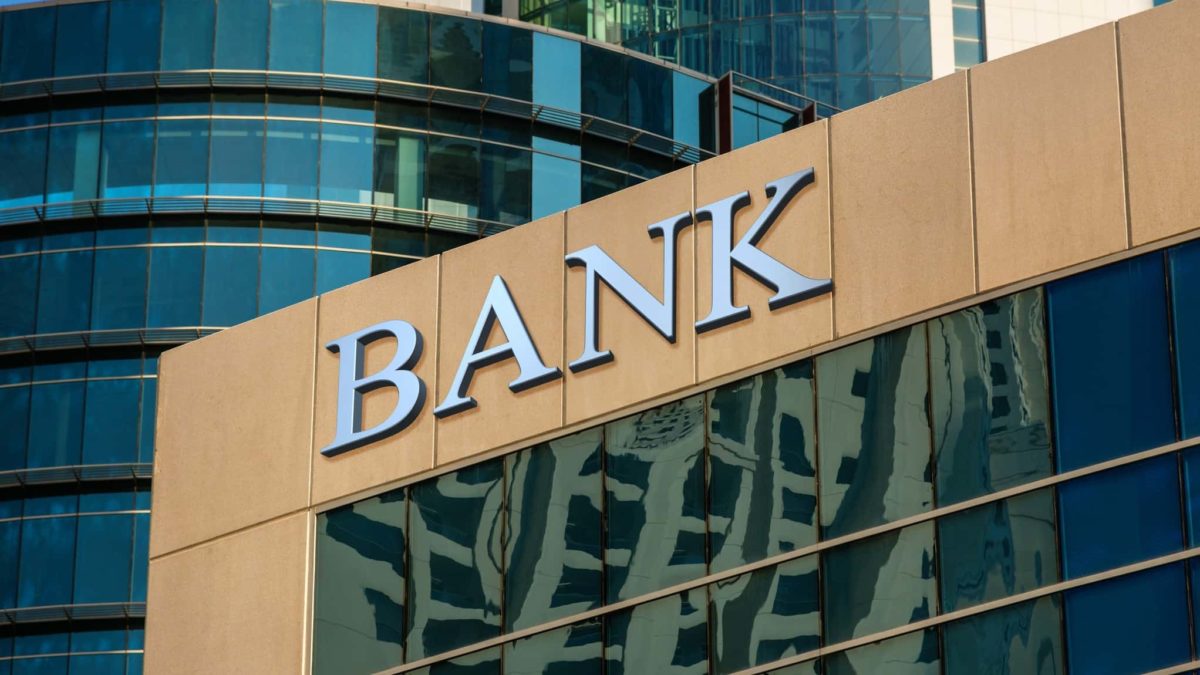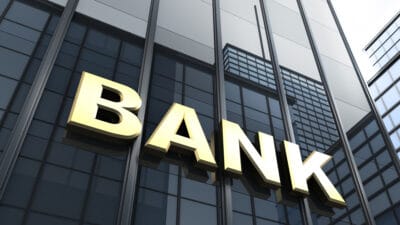ASX bank shares are under the spotlight this year as the effect of higher interest rates comes through in the results. Is this where investors should be looking?
The key earnings generator for most of the banks on the ASX is lending. So, the interest rate can play a key role in the profitability of banks.
A bank lends money out for a certain interest rate. But, there is also a cost to the money that it lends out, such as savings accounts or term deposits. The difference between the lending rate and the cost (eg the rate for savers) is known as the net interest margin (NIM).
In 2022, we saw ASX bank shares pass on interest rate rises to borrowers much faster than savers. This is improving bank profitability, with an improvement in the NIM.
The RBA has increased the interest rate from 0.1% to 3.1% over the last 12 months. Under this environment, is the outlook for the sector promising?
Varied share price performance
Over the last 12 months, different banks have seen differing performances.
For example, the National Australia Bank Ltd (ASX: NAB) share price has managed a slight gain over the past 12 months.
Whereas the ANZ Group Holdings Ltd (ASX: ANZ) share price has dropped around 15% over the last year.
The Bank of Queensland Limited (ASX: BOQ) share price has fallen around 17% over the last year.
Of course, there are a number of other ASX bank shares to look at including Commonwealth Bank of Australia (ASX: CBA), Westpac Banking Corp (ASX: WBC), Bendigo and Adelaide Bank Ltd (ASX: BEN) and MyState Limited (ASX: MYS).
Are ASX bank shares a good opportunity?
The investment giant Blackrock recently pointed out that "higher interest rates bode well for bank profitability".
A number of banks have said they are entering FY23 with a higher starting NIM than what they experienced during FY22.
I personally don't think I would want to buy CBA shares right now because they trade at a much higher price/earnings (P/E) ratio than other banks.
But I like the direction that NAB's leadership is taking the bank in, its profit growth also seems impressive and I think the valuation looks good.
According to Commsec, the CBA share price is valued at 17 times FY23's estimated earnings, while the NAB share price is valued at 12 times FY23's estimated earnings. NAB is projected to pay a grossed-up dividend yield of 8.25% in FY23.
According to the panel of analysts that Commsec follows, only one rates NAB as a sell, while six rate NAB shares as a buy. There are also nine hold ratings.









